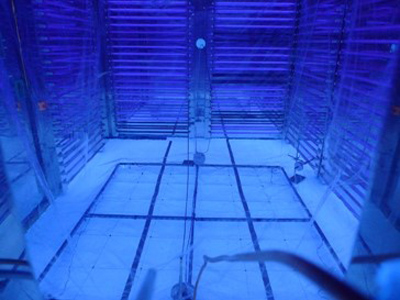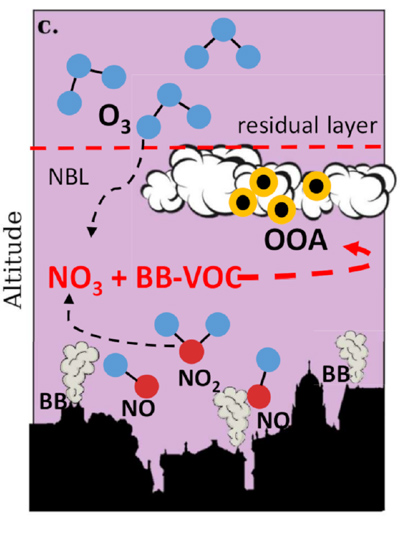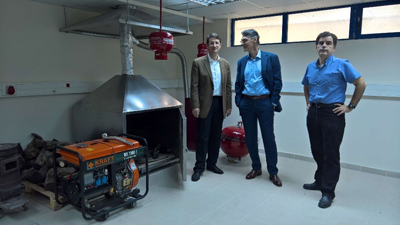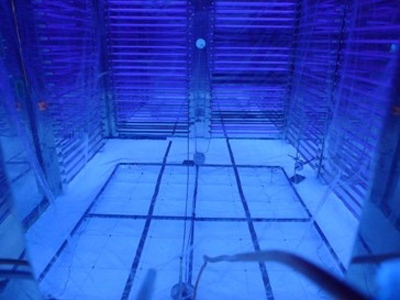Energy, Environment, Geoinformatics

Shedding light on the dark side of biomass burning pollution
Research by the teams of Prof. Athanasios Nenes and Spyros Pandis of the Center for Studies on Air Quality and Climate Change (C-STACC; http://cstacc.iceht.forth.gr) of the Institute of Chemical Engineering Sciences at the Foundation for Research and Technology-Hellas (ICE-HT/FORTH; http://www.iceht.forth.gr) led to the discovery of a chemical mechanism that rapidly produces air pollution from biomass burning, during the night. This finding radically changes our view of pollution production from biomass combustion and may explain the paradoxically high levels of oxidized organic particles in urban areas during the winter. The results of the research, conducted under the European ERC program PyroTRACH (https://twitter.com/pyrotrach), can be found in Kodros et al. (here), published in the journal Proceedings of the National Academy of Sciences, USA.
Read the press release here

Illustration of the nocturnal oxidation mechanism. Ozone (O3) from above mixes with air rich in smoke (BB) and nitric oxides (NOx). The nitric oxides react with ozone and produce the nitrate radical (NO3) that causes the rapid oxidation of the smoke.

Prof. Athanasios Nenes (left), Dr. Nicolas Sifakis, Scientific Officer, European Research Council Executive Agency (ERCEA) (middle) and Prof. Spyros Pandis (right) at the combustion chamber facility used to generate biomass burning emissions that is later processed in the Environmental Chamber Facility of CSTACC.

The C-STACC environmental chamber used to oxidize the biomass burning smoke under controlled environmental conditions.








